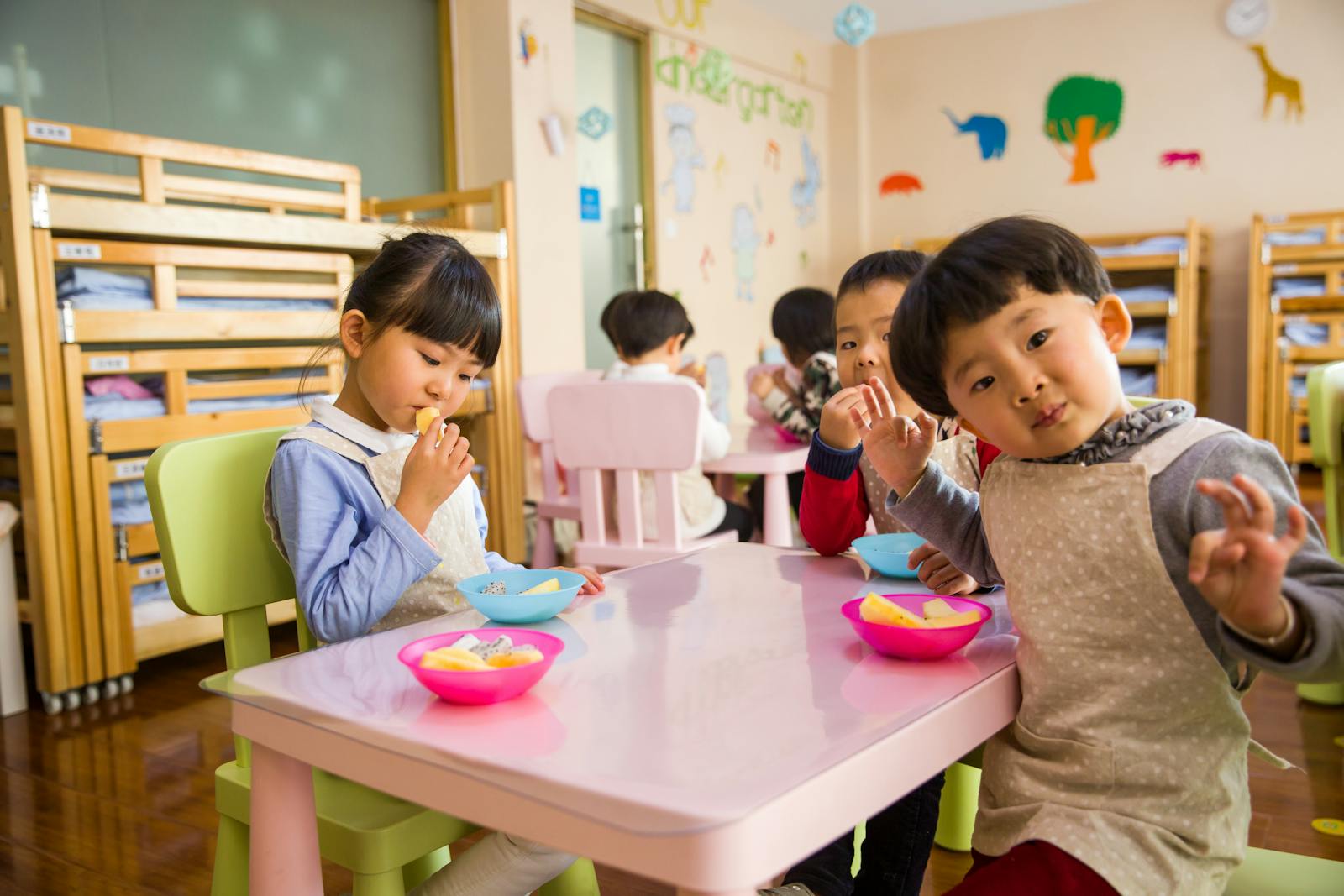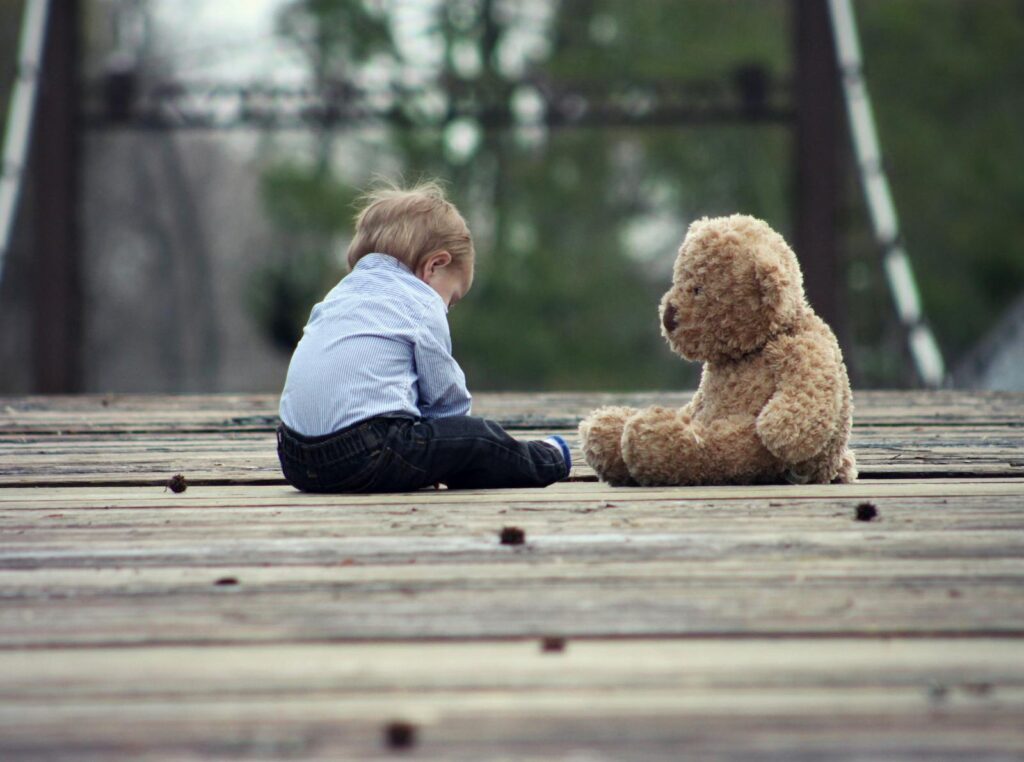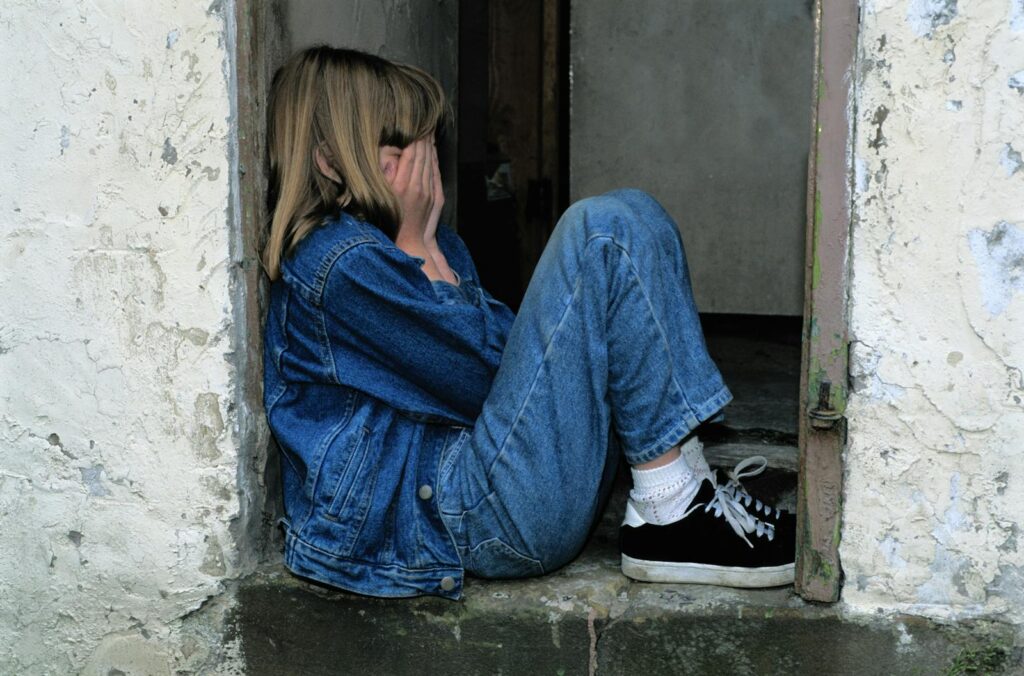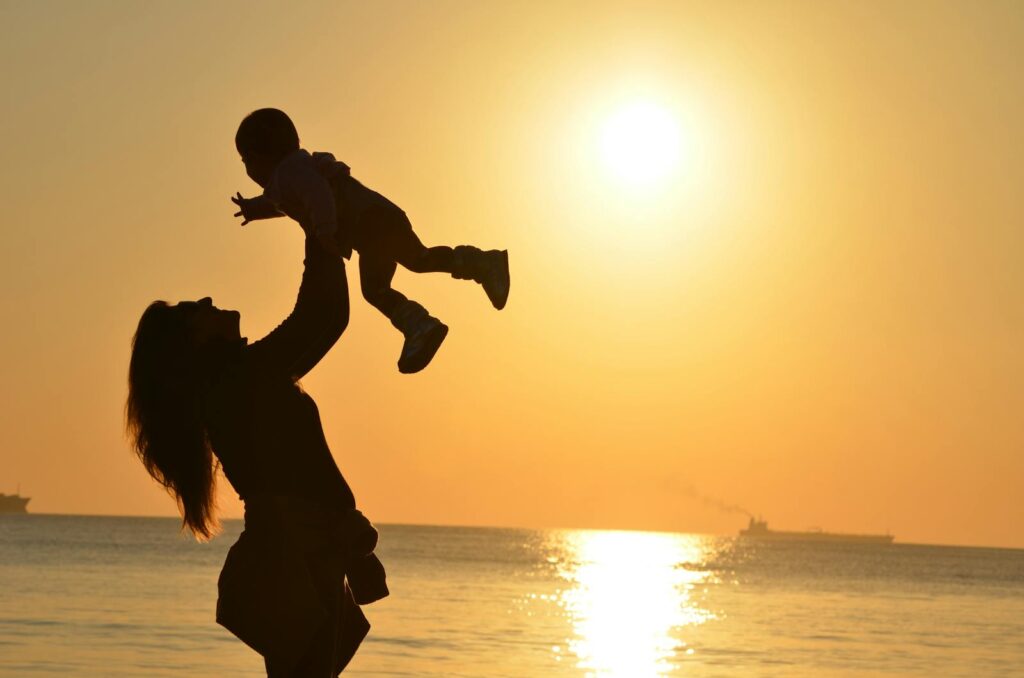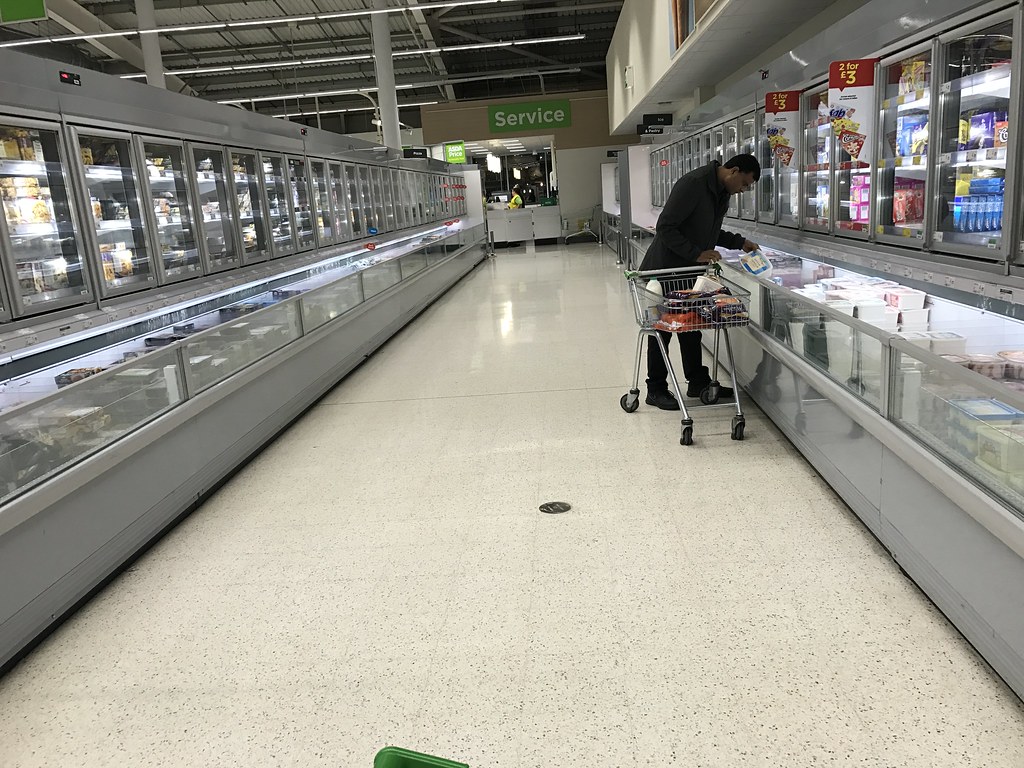Parenting is a beautiful, messy, and often overwhelming journey. We pour our hearts into protecting our little ones, making countless decisions about their well-being, from what they eat to where they learn and play. One of the biggest leaps of faith we take is entrusting our children to others, especially when they’re too young to voice their experiences. Daycare facilities become a second home, a place we hope fosters growth, joy, and above all, safety.
But what happens when that trust is shattered? What if the very place you rely on for peace of mind becomes a source of dread, suspicion, and heartbreak? Imagine dropping your vibrant, happy child off each morning, only to see subtle changes—a disappearing smile, unexplained marks, or a sudden, unexplained distress. For many parents, these seemingly small shifts can be the first whispers of a much larger, more troubling story.
In the world of parenting, we’re always looking for insights, tips, and shared wisdom. Today, we’re diving deep into some truly difficult, yet incredibly important, conversations about childcare safety. We’ll explore real-life experiences where seemingly minor details, like a child’s clothing, became glaring signals of distress, exposing underlying issues of neglect and abuse. These are the stories that compel us to speak up, to question, and to demand better for our most vulnerable. Let’s unpack the moments that changed everything for these families, and what we can all learn from their courage.

1. **Recognizing the Red Flags: Behavioral Changes in Children**
As parents, we are inherently attuned to our children’s nuances. So, when their usual bright demeanor starts to dim, or familiar routines become battlegrounds, it’s a jarring alarm bell that rings loud and clear in our hearts. One mother, Anna, vividly recalls her two-year-old daughter’s transition from a “bright and vivacious” little girl to someone experiencing “extreme daycare refusal” and terrifying “night terrors at night.” Imagine being up until “11 or 12 o’clock with a screaming child,” with no clear explanation for their sudden, profound distress.
Similarly, another mom, Kaitlin Kuykendall, shared how, within just three days of enrolling her 15-month-old daughter in a Navy-run daycare, her child’s “smile disappeared as we started walking down the hallways.” The little one would then hold Kaitlin’s hand “tighter as they walked closer to the daycare center.” These aren’t just minor adjustments to a new environment; these are deeply unsettling behavioral shifts that signal a child’s profound discomfort and fear.
These subtle, yet significant, changes in behavior are often the earliest and most heartbreaking indicators that something is amiss in a child’s care environment. Our children, especially those too young to articulate their experiences, communicate their distress through their actions, their sleep patterns, and their very willingness to engage with the world around them. As parents, trusting our gut when these red flags appear is not just important; it’s absolutely critical for their safety and well-being.
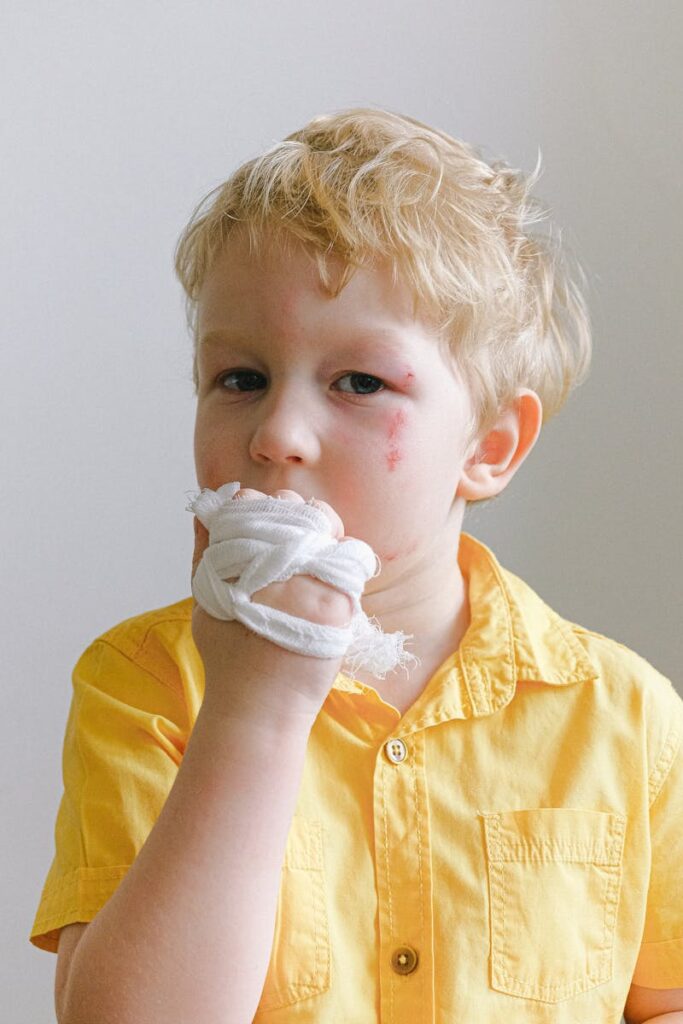
2. **Unexplained Marks: Bruises and Physical Signs of Concern**
Beyond behavioral cues, physical marks on a child’s body can serve as undeniable, tangible evidence that something is wrong. Spotting a bruise on your little one is always concerning, but when those marks are unexplained, recurring, or appear in unusual places, they become deeply alarming. Anna, for instance, first noticed “bruises on her two-year-old daughter’s back,” which she instinctively began to photograph, documenting her growing unease.
Kaitlin Kuykendall also experienced this chilling discovery when a bruise mysteriously “appeared on her daughter’s thigh” shortly after starting daycare. For any parent, this type of finding sparks a desperate need for answers, especially when the child is too young to explain how they got hurt. These physical signs cannot be dismissed as typical bumps and scrapes; they demand immediate, thorough investigation.
And it’s not just bruises. Frankie Scott’s daughter, Stevie, would frequently come home “covered in cuts and bruises, with one cut requiring hospital admission.” These aren’t just minor injuries; they indicate a significant lack of supervision or, more tragically, intentional harm. Documenting these physical anomalies with photos, just as Anna did, provides crucial evidence that empowers parents to seek justice and protect their children from further harm.

3. **The Silent Cry: Emotional Distress and Sleep Disturbances**
When a child cannot use words to describe their pain, their emotional state, and sleep patterns often become their most potent, albeit silent, forms of communication. The shift from a happy, well-adjusted child to one plagued by distress is agonizing for any parent to witness. Anna’s daughter’s emotional state deteriorated, leading to “extreme daycare refusal” and terrifying “night terrors.” Imagine the feeling of helplessness when your child is “screaming” until late into the night, clearly experiencing torment that you cannot immediately alleviate or comprehend.
Kaitlin Kuykendall’s daughter also exhibited profound emotional distress. Beyond her initial apprehension, she later “wouldn’t sleep with a blanket anymore” and developed “all these triggers” that Kaitlin couldn’t understand because she wasn’t being told the specifics of what happened. These are not minor inconveniences; they are deep-seated trauma responses that manifest in disrupted sleep, newfound fears, and a general sense of unease.
These emotional and sleep disturbances are more than just typical challenges of early childhood; they are powerful signals that a child is enduring something profoundly disturbing during their time at care. They represent the child’s silent plea for help, demonstrating that their sense of safety and well-being has been severely compromised. Recognizing and responding to these cries is paramount, as they hint at experiences far more serious than typical childhood anxieties.
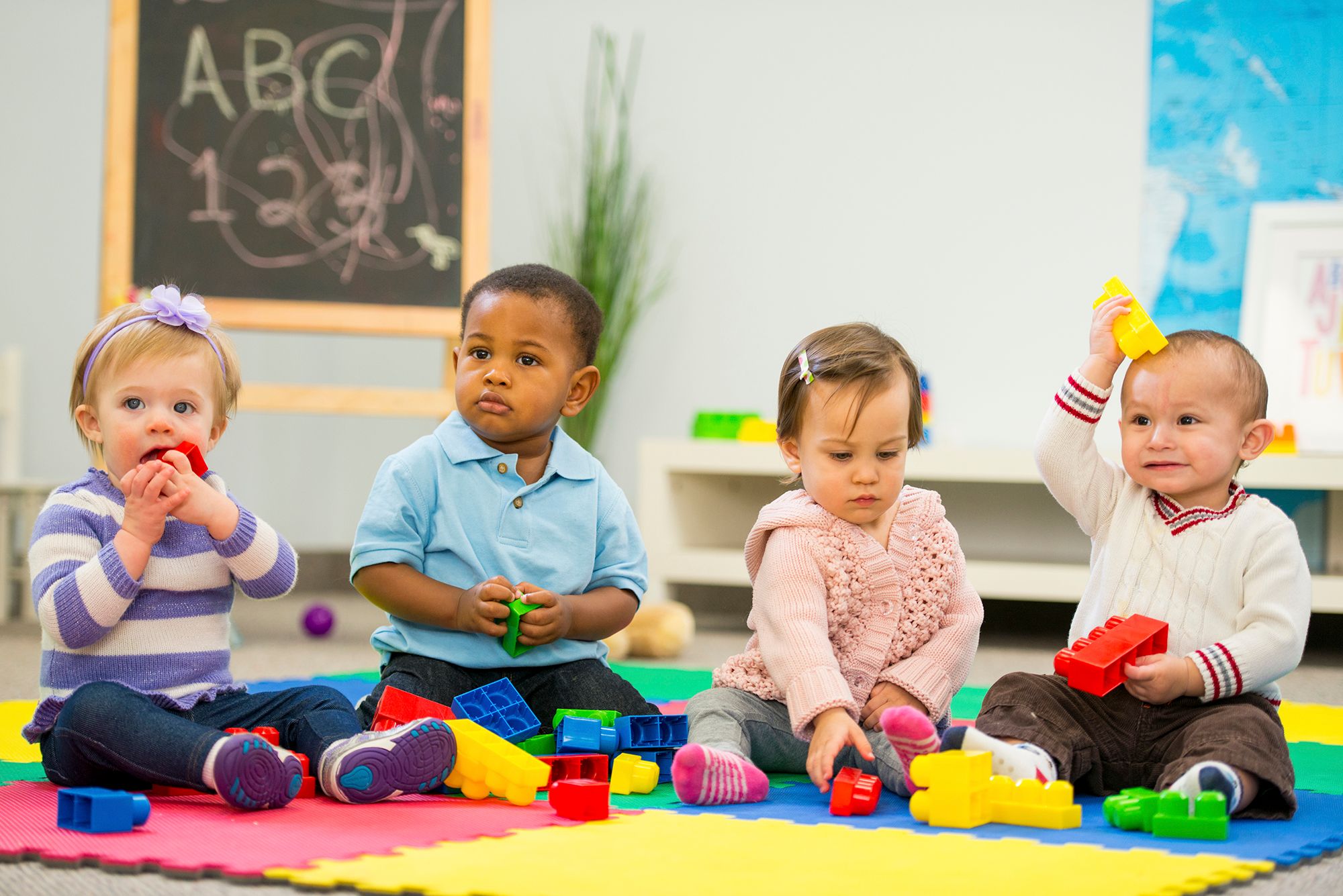
4. **Unheeded Pleas: When Daycares Dismiss Parental Concerns**
One of the most frustrating and heartbreaking aspects of discovering issues in childcare is when parents’ legitimate concerns are met with dismissal or denial by the very people they’ve entrusted with their child’s care. Anna experienced this firsthand when she “had reported concerns to her daycare,” only for an educator to “insinuat[e] that maybe there’s something wrong with my child,” deflecting blame onto the victim. This gaslighting makes an already terrifying situation even more isolating for parents.
Later, after a whistleblower came forward, Anna went to the center to complain, but the center shockingly “acted to protect the staff member.” They “called the claims the other educator made ‘salacious,’ they refused to investigate them, to talk to staff, and they attempted to terminate our enrolment at the centre.” This kind of institutional denial not only puts children at continued risk but also makes parents feel utterly helpless and punished for speaking up.
The Department of Defense Inspector General report also highlighted this chilling pattern, finding that DoD policies lacked “uniform requirements” for communication, meaning parents were often “not aware of the specifics of the alleged abuse or neglect of their child, thereby limiting the potential actions they can take.” This reality was starkly demonstrated by Kaitlin Kuykendall’s months-long battle to get information about her daughter’s “inappropriately touched” incident. Such deliberate withholding of information and outright dismissal of parental instincts erode trust and create an environment where abuse can fester unchecked.

5. **Whistleblowers: The Courage to Speak Out from Within**
In the often-closed world of childcare facilities, the emergence of an internal whistleblower can be a beacon of hope and a critical turning point for concerned parents. These individuals, often putting their own careers and safety at risk, choose to speak out when they witness wrongdoing, providing the crucial confirmation that parents desperately need. Anna’s terrifying suspicions about her daughter’s daycare were validated when “another educator at the centre” bravely approached her.
This courageous individual “basically said to me, ‘you need to remove your child from the care of this educator immediately.’ She wasn’t safe.” The whistleblower then proceeded to describe the emotional and physical abuse, as well as neglect, that Anna’s daughter was enduring. This act of courage provided Anna with the undeniable truth she needed to pursue formal action, confirming her deepest fears.
The vital role of whistleblowers cannot be overstated. They are the eyes and ears inside the facilities, acting as a crucial line of defense for vulnerable children. Their willingness to come forward, despite potential professional repercussions, highlights a profound ethical commitment to child safety. Their actions underscore the need for stronger “whistleblower protections” within the childcare sector, encouraging more staff members to report abuses without fear of retaliation, thereby making these institutions safer for every child.
6. **Neglect in Action: Soiled Diapers, Denied Comfort, and Basic Needs**
Neglect in childcare often manifests in the failure to meet a child’s most fundamental needs, leading to distress and, in some cases, serious health consequences. Anna recounted the heartbreaking reality of often picking her daughter up with “a soiled nappy or undies, which had been left for ‘an extended period of time’.” The extent of this neglect was so severe that the soiled items would be “dry by the time I picked her up. She’d have rashes. It was awful.” This isn’t just poor care; it’s a deliberate disregard for a child’s hygiene and comfort.
Beyond hygiene, Anna’s daughter was also denied basic nourishment and comfort. She was “coming home with a full lunch box of food, so she wasn’t sleeping, and she wasn’t eating.” The educator also “started refusing to follow any sleep or comfort strategies for Anna’s daughter,” deliberately taking “toys away and her dummy away, an hour before nap time to ‘wear her out’ to make it easier to put her to sleep.” This calculated deprivation of comfort and basic needs is a clear form of neglect that can severely impact a child’s well-being.
Frankie Scott’s story further illustrates this insidious form of neglect, directly linking the state of a child’s clothing to severe health issues. Her then-three-year-old daughter, Stevie, was “often in a soiled pull-up that hadn’t been changed all day, or had been changed back into urine-soaked pants instead of spare clothes provided.” Frankie specifically wrote in an email to the center that “Stevie will frequently be picked up with soiled underwear (and it will be evident she had been in them for quite a while), which then causes rashes and UTIs with her.” This clear pattern of “pure neglect of Stevie’s basic needs” demonstrates how a seemingly simple oversight, like a neglected clothing change, can snowball into serious, long-term health problems.
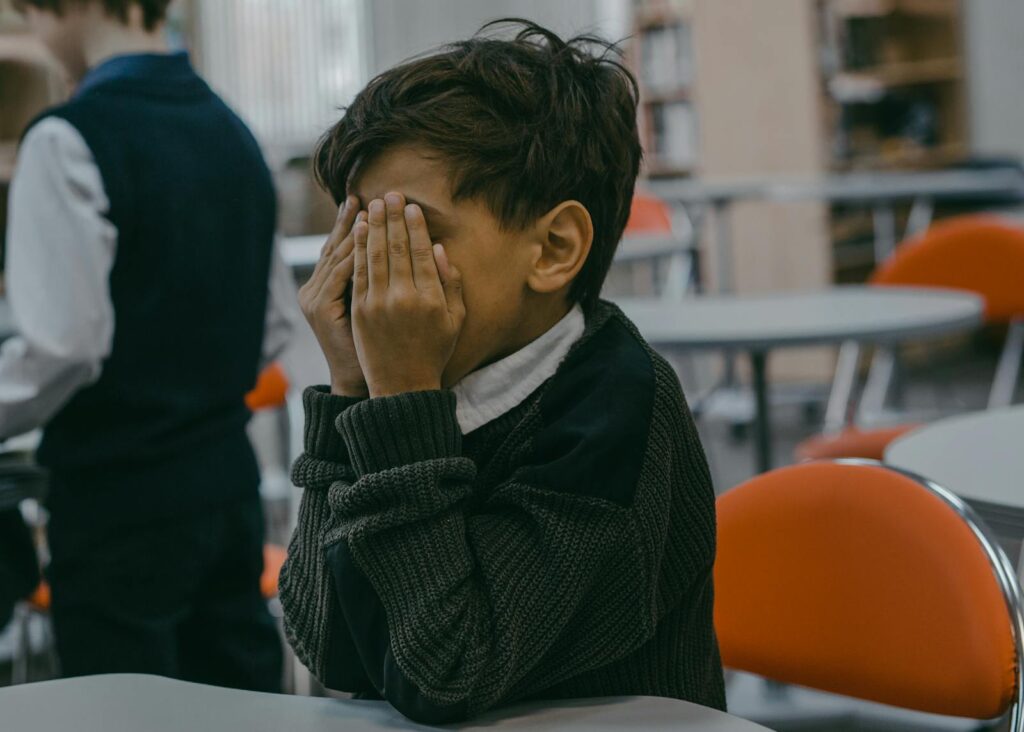
7. **Abuse Unveiled: Physical Restraint and Emotional Shaming**
While neglect involves the failure to provide care, abuse signifies the active, intentional infliction of harm, leaving deep and often lasting scars on a child. Anna’s daughter endured both emotional and physical abuse, alongside neglect. The emotional abuse manifested as “exclusion-type behaviour,” where the educator would not allow her to “participate in activities and shaming her in front of other children and educators.” This deliberate targeting and humiliation of a young child can be profoundly damaging to their self-esteem and emotional development.
The physical abuse Anna’s daughter suffered was even more horrific. When the sleep-deprivation strategy failed, the educator resorted to extreme measures: she “would flip my daughter on her stomach and use her knee to hold her down for extended periods of time — up to half an hour apparently — while she would fight and struggle to get out from under her.” Anna then realized, with a sickening clarity, that “Those were the marks I had been seeing on her back.” This chilling account of physical restraint demonstrates a severe breach of trust and safety.
These harrowing stories are not isolated incidents. The context also reveals that Kaitlin Kuykendall’s daughter was deemed to have been “inappropriately touched,” highlighting another deeply disturbing form of abuse. And a recent ABC’s 7.30 investigation included “footage of a worker at another Sydney Affinity Education centre repeatedly slapping a baby.” These revelations are stark reminders that vigilance is paramount and that even in supposedly trusted settings, children can be vulnerable to horrific treatment that goes far beyond simple neglect, leaving profound emotional and physical wounds that can take years to heal.
The initial shock and heartache of discovering something is terribly wrong with your child’s care is only the first hurdle. What comes next is often an even more daunting and exhausting battle: fighting for justice, holding facilities accountable, and pushing for the systemic changes that are desperately needed to protect our little ones. It’s a journey no parent ever wants to embark on, but for those who do, it reveals profound truths about the challenges of navigating a system that sometimes feels more protective of institutions than of vulnerable children.
The stories shared by parents like Anna, Kaitlin Kuykendall, and Frankie Scott aren’t just isolated incidents; they are glaring spotlights on cracks in the foundation of childcare safety. They are a call to action, urging us all to move beyond just recognizing the signs and instead to become fierce advocates for reform. Because truly, every child deserves a safe place to learn and grow, and every parent deserves peace of mind when they drop their child off each day. Let’s dive into what happens when parents are forced to fight for accountability, and how we can all contribute to a safer future for our kids.

8. **The Uphill Battle for Information and Transparency**
When suspicions turn into terrifying certainties, the immediate instinct is to understand what happened. But for many parents, even getting basic information can feel like an impossible quest, highlighting a distressing lack of transparency within the system. Kaitlin Kuykendall’s experience perfectly illustrates this agonizing struggle; after a bruise appeared on her 15-month-old daughter’s thigh, she was told video footage showed her child being “inappropriately touched.” But the specifics? Those were withheld, leaving Kaitlin and her husband Jeremy in a torturous limbo.
Imagine fighting for months, even enlisting a member of Congress, just to get a copy of an investigation into what happened to your child. That’s the reality Kaitlin faced, demonstrating a systemic failure where parents are “not aware of the specifics of the alleged abuse or neglect of their child, thereby limiting the potential actions they can take.” It’s a chilling reminder that without full disclosure, parents are disempowered, unable to fully comprehend or address the trauma their child may have endured.
Thankfully, a Department of Defense Inspector General report later confirmed these widespread issues, noting a lack of “uniform requirements” for communication and notification. While promising an updated policy with detailed guidance by September 2025 offers a glimmer of hope, it also underscores how deeply entrenched these transparency issues have been, forcing parents to fight tooth and nail for information that should be readily provided.
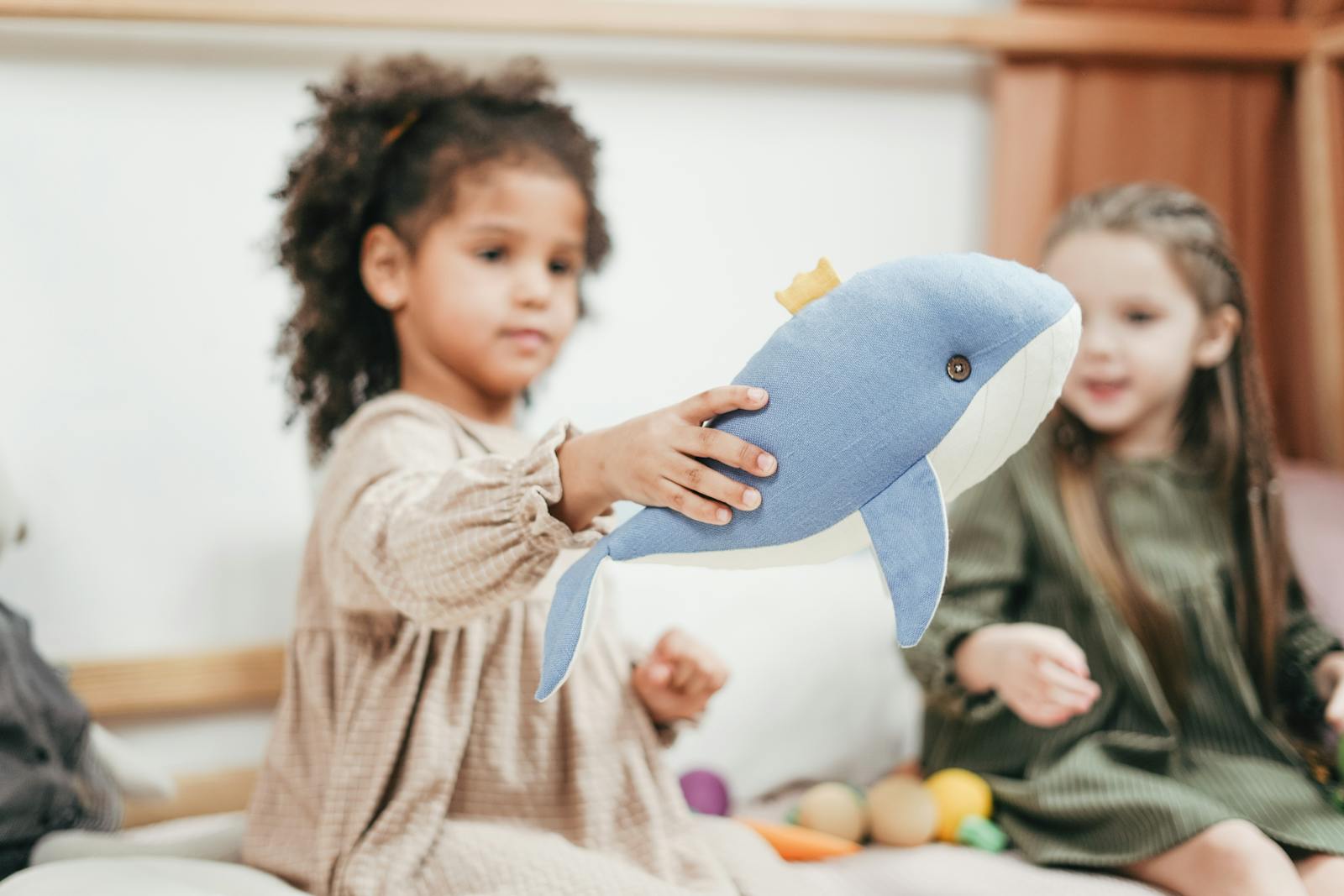
9. **When Institutions Fail: Dismissal, Retaliation, and Protecting Staff**
It’s one thing for a daycare to fail in its duty of care, but it’s an entirely different level of betrayal when, upon discovering issues, the institution actively dismisses concerns and protects alleged perpetrators. Anna experienced this devastating reality firsthand. After she “reported concerns to her daycare,” an educator incredibly “insinuat[ed] that maybe there’s something wrong with my child,” trying to shift blame and gaslight her.
The situation escalated horrifically when a brave whistleblower confirmed Anna’s fears. Yet, instead of acting swiftly to protect children, the centre “acted to protect the staff member.” They brazenly “called the claims the other educator made ‘salacious,’ they refused to investigate them, to talk to staff, and they attempted to terminate our enrolment at the centre.” This isn’t just dismissal; it’s an active attempt to silence and punish parents for daring to speak up, creating an environment where abuse can flourish unchecked.
The emotional and mental toll this takes on a parent is immense. Anna even believes that after her formal complaint, the worker allegedly uploaded a “half-naked photo of Anna’s daughter to a private cloud-based app,” an act she was “99 per cent sure that was an act of retaliation designed to humiliate and hurt us.” This extreme response highlights the lengths to which some institutions and individuals will go to protect themselves, rather than ensuring child safety.

10. **The Loopholes: How Abusers Can Evade Accountability**
One of the most infuriating and terrifying aspects of the current system is the existence of loopholes that allow individuals accused of abuse to evade true accountability and even continue working with children. Anna’s story painfully exposes this flaw. Despite a five-month investigation where accusations were “substantiated by the Department of Education” against the centre, a critical loophole meant “nothing about the individual mentioned,” because the provider retired during the investigation.
This meant “there were no lasting consequences” for the centre’s former provider. Even more horrifying, the female worker who abused Anna’s daughter was terminated from that specific centre, yet “remains working in the sector to this day.” This is a deeply unsettling reality for parents, knowing that an individual responsible for severe harm can simply move to another facility, potentially in another state, and continue their work without any national oversight or blacklisting.
It underscores a critical, gaping hole in our child protection framework: the lack of a comprehensive national registration system. Without it, individuals with a history of substantiated abuse or neglect can easily slip through the cracks, putting more innocent children at risk. It’s a systemic failure that desperately needs addressing to prevent repeat offenses and ensure that those who harm children are permanently removed from positions of trust.

11. **A Call for Systemic Overhaul: National Registration and Whistleblower Protection**
Having navigated the heart-wrenching labyrinth of the childcare system, parents like Anna become powerful advocates for change, recognizing that individual justice is often impossible without broader systemic reform. Anna passionately articulates the urgent need for a “national registration of childcare workers to ensure workers can not simply move between centres or states.” This is a common-sense solution that would create a crucial safety net for children across the country.
Beyond tracking problematic individuals, Anna also highlights the necessity of stronger “whistleblower protections.” The brave educator who approached Anna risked her own career to expose the truth, and her courage was invaluable. Without adequate protections, other staff members witnessing abuse might remain silent, fearing professional repercussions, thereby allowing harm to continue behind closed doors.
Ultimately, Anna believes the situation is so dire that “there needs to be a Royal Commission to thoroughly address the cross-jurisdictional and deeply embedded systemic failures that we’re seeing.” This isn’t just about fixing a few problems; it’s about rebuilding trust and ensuring that the entire childcare sector operates with the highest standards of safety, transparency, and accountability for every single child in its care.
12. **The Hidden Scars: Long-Term Health and Developmental Impacts**
While the immediate pain of abuse or neglect is undeniable, the long-term consequences can be even more devastating, leaving hidden scars that affect a child’s health and development for years. Frankie Scott’s daughter, Stevie, is a heartbreaking example of this. Her then-three-year-old was “often in a soiled pull-up that hadn’t been changed all day, or had been changed back into urine-soaked pants instead of spare clothes provided.” This wasn’t just uncomfortable; it had severe medical repercussions.
Frankie explicitly warned the centre that this “pure neglect of Stevie’s basic needs” was causing “rashes and UTIs with her.” Tragically, these recurrent urinary tract infections, combined with other factors, contributed to Stevie being diagnosed with “chronic kidney disease” and the devastating prognosis that she “will most likely need a kidney transplant during her teenage years.” It’s a chilling reminder that seemingly ‘minor’ neglect, like not changing a diaper, can have life-altering medical consequences.
Beyond physical ailments, the emotional and psychological toll is immense. Anna shared that while her daughter is doing well now, “there are lasting behavioural challenges. She really struggles to trust other adults.” These deep-seated trust issues and emotional distress are silent testimonies to the trauma experienced, underscoring that the fight for justice is also about securing a healthier, more secure future for the children who endure such experiences.

13. **When Regulators Step In: Suspensions and Investigations**
In some cases, the persistent efforts of parents and the exposure of misconduct do lead to regulatory action, offering a measure of accountability. The Spring Farm daycare centre, where Frankie Scott’s daughter Stevie attended, is one such example. After Affinity Education Group took over, the centre was issued a “swath of serious non-compliance orders,” eventually leading the NSW Department of Education’s Early Childhood and Care Regulatory Authority to “suspend the Spring Farm centre’s licence for three months.”
This regulatory intervention, while coming after significant harm, demonstrates that there are mechanisms in place to hold facilities accountable when violations are severe and documented. Furthermore, public exposure, such as the ABC’s 7.30 investigation that included “footage of a worker at another Sydney Affinity Education centre repeatedly slapping a baby,” can amplify the pressure on regulatory bodies to act swiftly and decisively, ensuring that such shocking incidents do not go unpunished.
While these actions offer a modicum of relief, they also highlight the reactive nature of the system. Often, it takes persistent parental advocacy, whistleblower bravery, and damning evidence for regulators to step in. It reinforces the urgent need for proactive measures and stronger oversight to prevent such abuses from occurring in the first place, rather than simply reacting to the fallout.
14. **Empowering Parents: Your Voice, Your Power, Your Complaint**
Knowing these stories can be overwhelming, but it’s crucial to remember that as parents, we have a vital role to play in protecting our children and others. If you suspect any wrongdoing or believe a provider is breaking licensing laws, you have the power to make a difference. The California Department of Social Services (DSS) provides clear pathways to report concerns about Community Care Facilities, which include child care centers and family child care homes.
You can file a complaint by phone at **844-LET US NO (844-538-8766)**, by email at **letusno@dss.ca.gov**, or through their **online complaint webpage: https://complaints.ccld.dss.ca.gov/**. It’s incredibly important to note that your identity as the complainant can remain anonymous unless you give permission otherwise. If you believe there is physical or sexual abuse involved, always remember to also report it to local law enforcement immediately.
When you make a complaint, the local licensing office will typically conduct an unannounced visit to the facility within 10 days to investigate. They use a “Preponderance of the Evidence” standard, meaning they determine if it’s “more likely than not (more than 50%) that the allegation is true.” By speaking up, you not only protect individuals in care facilities but also perform a crucial service to your community, contributing to a safer environment for all children. Your vigilance and willingness to act are powerful tools for change.
The journey of parenting is a constant navigation of trust, hope, and at times, profound challenges. While the stories shared here can be difficult to hear, they are also a testament to the unwavering love and fierce determination of parents who refuse to let their children’s experiences be forgotten. It’s a shared responsibility, a collective promise to demand better, to fight for justice, and to build a childcare system where every child is truly safe, cherished, and free to thrive. Together, we can turn heartache into action, ensuring that no family has to walk this path alone, and that the whispers of distress transform into a resounding call for accountability and lasting change.

